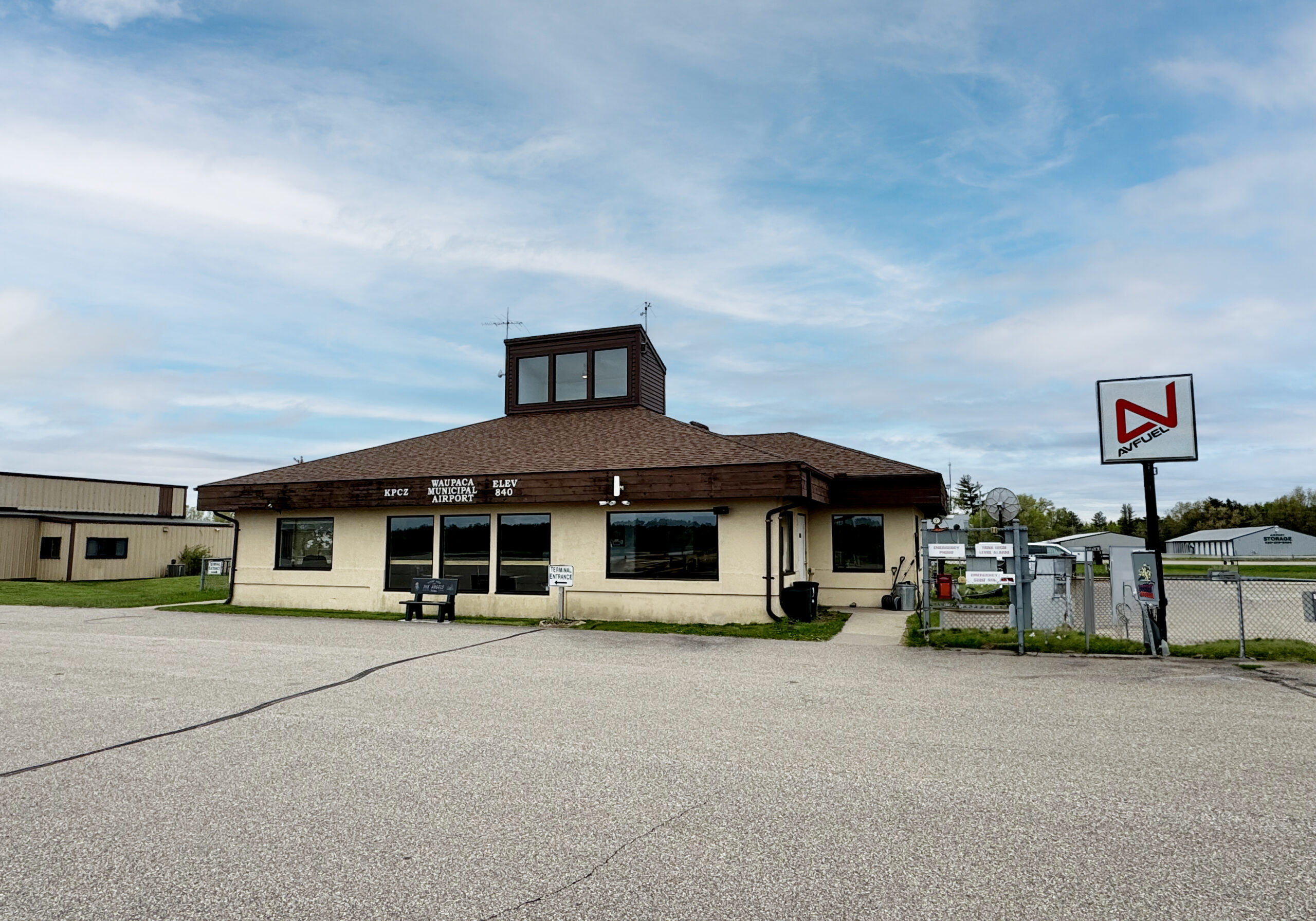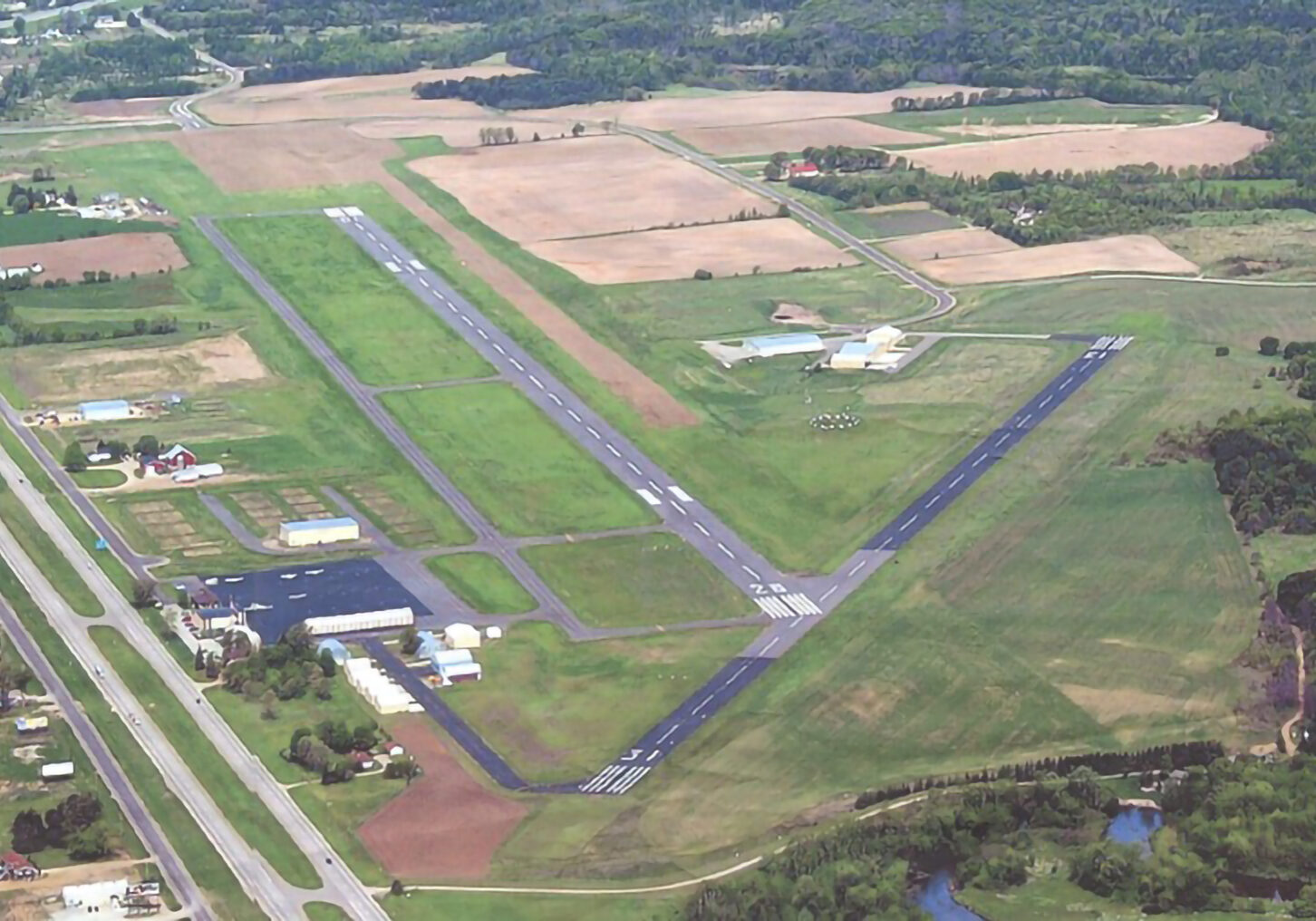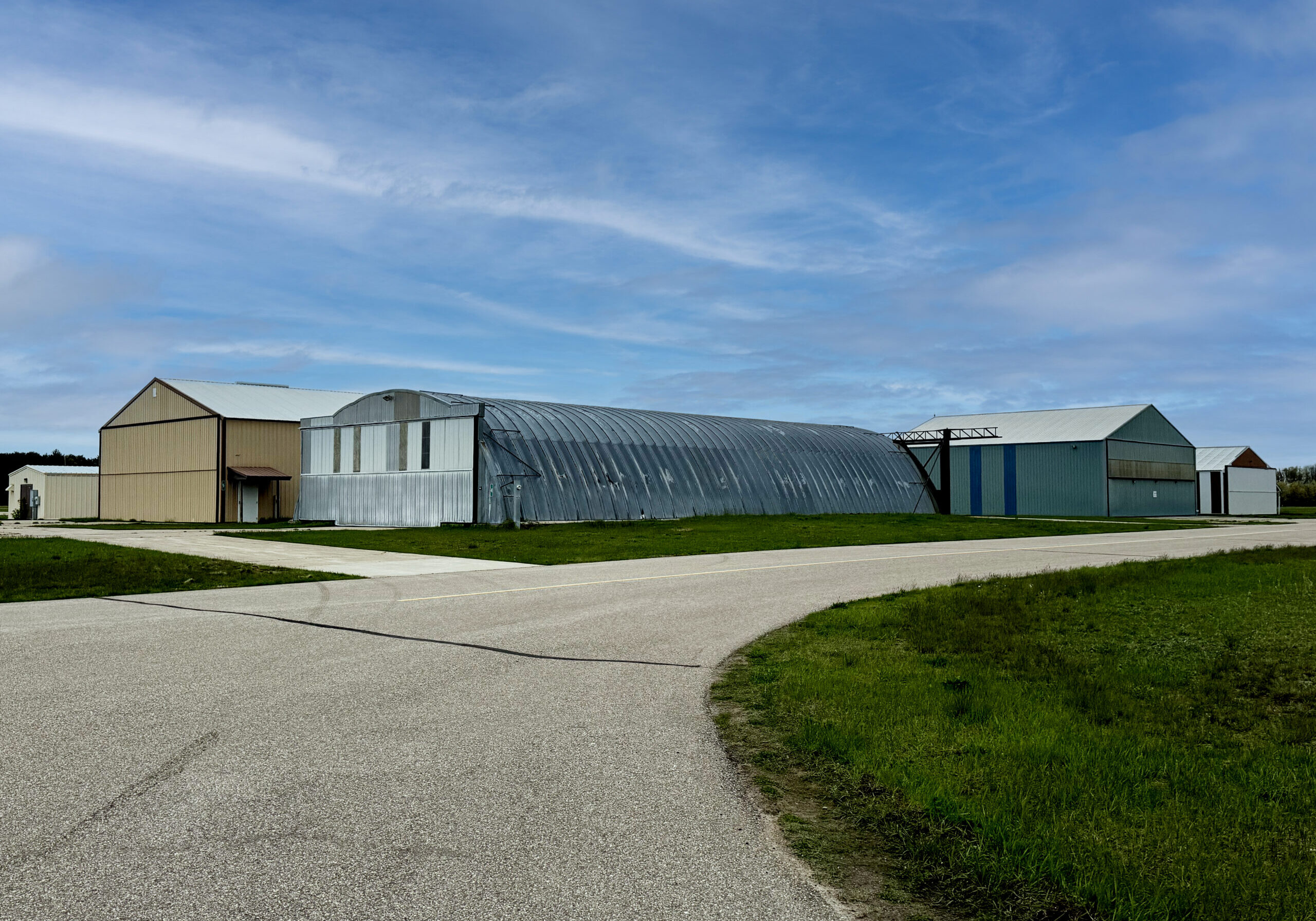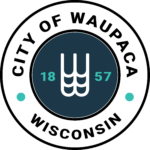About the Master Plan
An Airport Master Plan is a document that helps to guide the direction of public use airports, such as Waupaca Airport, by looking at factors such as:
- Current and potential future demand
- Efficiency and safety of airport operations
- Land use on and around the airport
- Future growth and ways to generate revenue.
It is a proactive document that identifies and then plans for future facility needs to ensure that airport management can coordinate project approvals, design, financing, and construction to avoid experiencing detrimental effects due to inadequate facilities.
The ultimate goal of the study is to provide systematic guidelines for the airport’s overall maintenance, development, and operation, all while taking into consideration the community it serves.
Schedule
The master planning process will take place in phases and will include meetings with community members and leaders, airport business, and other stakeholders.
INITIATION
- Goals and Objectives
- Project Website
- Planning Advisory Committee (PAC)
INITIATION MEETINGS
- Kick-off Meeting
PHASE 1
- Inventory of Existing Conditions
- Aviation Forecasts
- Facility Requirements
PHASE 1 DOCUMENTS
AND MEETINGS
- Discussion of Phase 1 working papers
- PAC meeting #1
PHASE 2
- Alternatives Analysis
PHASE 2 DOCUMENTS
AND MEETINGS
- Discussion of Phase 2 working papers
- PAC meeting #2
- Public Information Workshop #1
PHASE 3
- Recommended Concept & Environmental Considerations
- Capital Improvement Program
PHASE 3 DOCUMENTS
AND MEETINGS
- Discussion of Phase 3 working papers
- PAC meeting #3
- Public Information Workshop #2
DRAFT FINAL
MASTER PLAN
FINAL REVIEW PROCESS
- Local review
- FAA review of ALP
FINAL MASTER PLAN
Master Plan Documents
Draft chapters will be posted as the study progresses. Files will be in PDF format and available for download and print.
Documents Available for Download
Public Involvement
The approach to involve the community is multi-faceted. The Public Advisory Committee (PAC) is a group of airport stakeholders who have been asked to volunteer their time to aid in the development of the Master Plan. The PAC will be convened for three (3) meetings to review draft chapters as developed by the consultant team. The same draft chapters made available to the PAC will be posted to this project website.
There will also be two (2) public information workshops during the study process. The workshops will be conducted in an open-house format where the public can visit with the project team and ask any questions they may have related to the project. The workshops are typically scheduled in the early evening to allow those heading home from work to stop by or to allow others to come after the dinner hour. The date and time of the workshops will be advertised locally and posted on this project website.
Draft chapters of the master plan report will be posted to this dedicated project website so that anyone can learn about the study process and review and comment on the draft material during the study. All community members are encouraged to engage in the process and provide comments to the project team. Interested parties can also utilize the ‘Comment’ feature on this project website. Direct communication with the project managers via phone or email is also acceptable, and their contact information is listed in the ‘Contact Us’ section at the bottom of this website.



Frequently Asked Questions

Comments
* Indicates required fields.